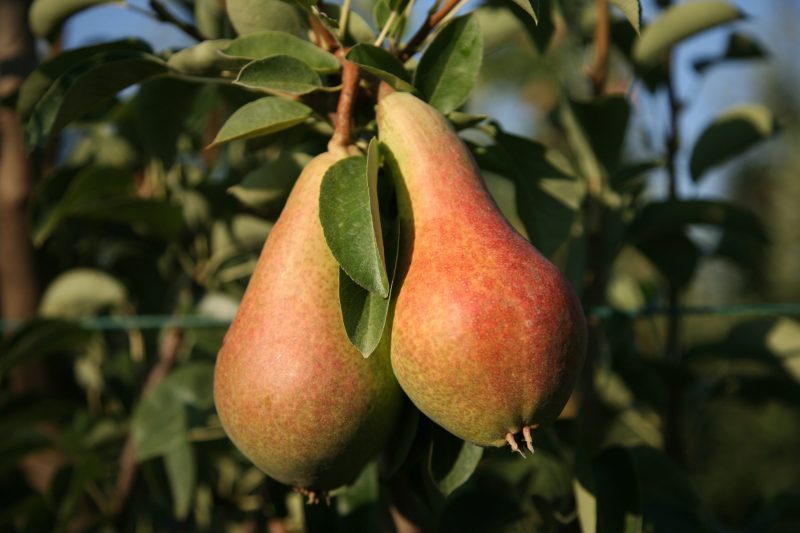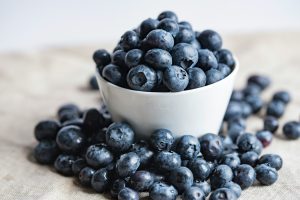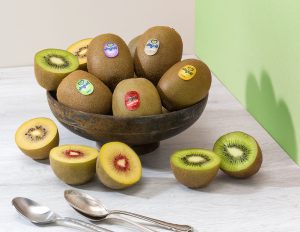In Spain, according to sources from Cooperativas Agro-alimentarias de España, the next pip fruit harvest will be larger than one from the previous campaign, particularly with respect to apples. With a production of 566,509 tonnes, it will record a 9.36% increase compared to the previous campaign, and 16.21% with regard to the average over the past 10 years. As for the pear situation, the production forecast of 243,882 t, will drop by 14.82% compared to last year, and it will be 22.14% below the average for the latest campaigns.
In terms of varieties, Golden continues to have the largest volume, with harvest forecasts of 263,743 tonnes, almost over half of the total. They are followed by apples from the Gala group, which will reach 99,008 tonnes. As for pears, Conference pears make up almost half of the total, and their production will reach 116,675 tonnes – 19% less than the previous campaign; Ercolini-Coscia with 34,059 t and Blanquilla with 29,846 t are the following groups in production volume, the former of which will see a 3% increase, while on the other, the second variety will experience a significant drop of 10.95% compared to last year, respectively.
In Europe
On a European scale, a total apple production of 10.2 million tonnes is forecasted, 11.3% less than the previous campaign. In most of the main producing countries, a drop in apple production is foreseen compared to the previous campaign: Poland (3.19 million tonnes, -19.6%); Italy (2.2 million tonnes, -0.6%) and France (with1.5 million tonnes, -3%).
With regard to pear production, it is estimated at 1.79 million tonnes, which means a 4.9% increase compared to last year. In this case, the main producing countries, Belgium and the Netherlands, have seen reductions in their productions, leaving Belgium far from its potential and only reaching 280,000 t and 327,000 t, respectively. Italy, an important producing country, is also recovering its potential and it estimates an increase in the production of 120.5% compared to the latest campaign, reaching 405,000 t.
Varieties
With respect to the main varieties in Europe, Golden Delicious production will decrease by 10.2%, reaching a total of 1,972,514 t. It is expected that Gala, the second most important variety, will drop by 11.1% (1,350,835 t). Red Delicious production will grow (+2.8%), while Idared will be 18.4% lower than the 2023 harvest.
The problems experienced in some countries during the flowering season, amongst them Germany, which experienced a significant drop in the eastern and northern areas of the country, have held back the evolution of adequate harvests.
Poland, the largest European producer, suffered the same fate and the World Apple and Pear Association (WAPA) estimates an important drop that without any doubt will affect the processing industry. A negative sign is also being recorded in Benelux and France. With respect to Italy, the data forecasts a slight drop in production.
Within a context of significant transformation for international markets, dominated by the geopolitical and climatic uncertainties, it becomes more necessary than ever before to adopt highly defined, specific production and marketing strategies to offer high-quality produce that can respond increasingly well to the clients’ requirements.
Crop protection techniques are becoming more and more important, such as anti-frost systems and anti-hail nets. Another of the essential points is variety innovation, with the identification of varieties that are more resistant to the constantly changing weather conditions.
Pears
Moreover, it is estimated that the pear harvest will reach 1,790,229 t. This increase is due to the recovery of the Italian production (+120.5% compared to 2023), in spite of the drop in the figures from Belgium and Holland (-26.6% and -8.7% respectively). In 2024, it is estimated that the Conference pear production will drop by 13.5%, to 776,128 t. William BC pear production, on the other hand, should grow by 33.8%. The forecast shows a recovery in Abate Fetel production, reaching a figure of 124,832 t (+131.8%).
In general, the prospects for the season are positive and should offer opportunities for better yields in a sector which continues to face up to the challenges of rising inflation and costs in recent months.























